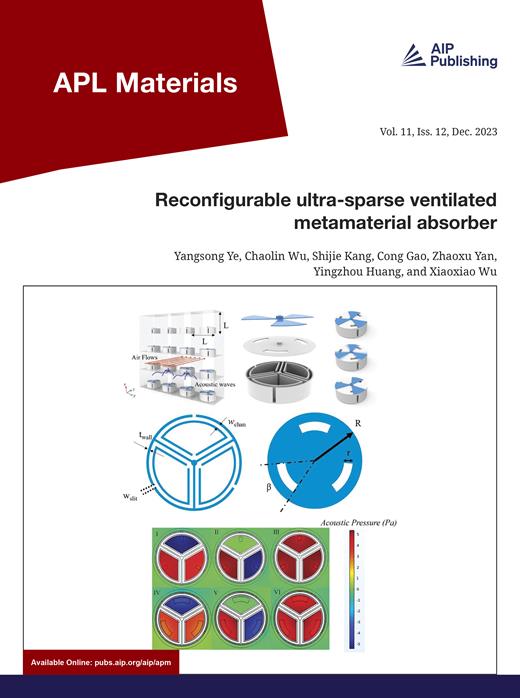In vivo application of a glutaraldehyde-free, UVA/riboflavin cross-linked bovine pericardium confirms suitability for cardiovascular substitutes
IF 5.3
2区 材料科学
Q2 MATERIALS SCIENCE, MULTIDISCIPLINARY
引用次数: 0
Abstract
Glutaraldehyde (GA)-treated bovine pericardium is still the gold standard for the fabrication of bioprostheses needed for the surgical treatment of valvular malfunction. Although excellent stability and low immunogenicity are accomplished, the application of GA is considered to be causal for structural valve deterioration, diminishing the long-term durability of bioprosthetic tissue. The novel GA-free SULEEI-treatment of bovine pericardium combines decellularization, riboflavin/UVA-cross-linking, and low-energy electron beam irradiation. In the present study, we initiated an in vivo application. We used a subcutaneous rat model to compare the immune and tissue responses, calcification propensity, and biomechanical properties of the alternatively prepared SULEEI bovine pericardial tissue with standard glutaraldehyde-fixed and industrially produced bovine pericardial patch material. SULEEI pericardium evokes a similar immune reaction and tissue response as the control standard bovine patch material. The calcification propensity of SULEEI tissue was low, and biomechanical analysis revealed a heterogeneous but similar pattern in tissue stiffness compared to the control patch. The results of this study highlight the potential of SULEEI-treated bovine pericardial tissue as a candidate for cutting-edge cardiovascular and valvular biomaterials in reconstructive surgery.无戊二醛、UVA/核黄素交联牛心包的体内应用证实了其作为心血管替代品的适用性
经戊二醛(GA)处理的牛心包仍是制造外科手术治疗瓣膜故障所需的生物假体的黄金标准。虽然GA具有极佳的稳定性和低免疫原性,但应用GA被认为是瓣膜结构退化的诱因,会降低生物假体组织的长期耐久性。牛心包的新型无 GA SULEEI 处理方法结合了脱细胞、核黄素/UVA 交联和低能电子束辐照。在本研究中,我们启动了一项体内应用。我们使用大鼠皮下模型,比较了替代制备的 SULEEI 牛心包组织与标准戊二醛固定和工业生产的牛心包补片材料的免疫和组织反应、钙化倾向和生物力学特性。SULEEI心包引起的免疫反应和组织反应与对照的标准牛心包贴片材料相似。SULEEI 组织的钙化倾向较低,生物力学分析表明,与对照补片相比,SULEEI 组织的硬度具有异质性,但模式相似。这项研究结果凸显了经 SULEEI 处理的牛心包组织作为重建手术中最先进的心血管和瓣膜生物材料候选材料的潜力。
本文章由计算机程序翻译,如有差异,请以英文原文为准。
求助全文
约1分钟内获得全文
求助全文
来源期刊

APL Materials
NANOSCIENCE & NANOTECHNOLOGYMATERIALS SCIE-MATERIALS SCIENCE, MULTIDISCIPLINARY
CiteScore
9.60
自引率
3.30%
发文量
199
审稿时长
2 months
期刊介绍:
APL Materials features original, experimental research on significant topical issues within the field of materials science. In order to highlight research at the forefront of materials science, emphasis is given to the quality and timeliness of the work. The journal considers theory or calculation when the work is particularly timely and relevant to applications.
In addition to regular articles, the journal also publishes Special Topics, which report on cutting-edge areas in materials science, such as Perovskite Solar Cells, 2D Materials, and Beyond Lithium Ion Batteries.
 求助内容:
求助内容: 应助结果提醒方式:
应助结果提醒方式:


